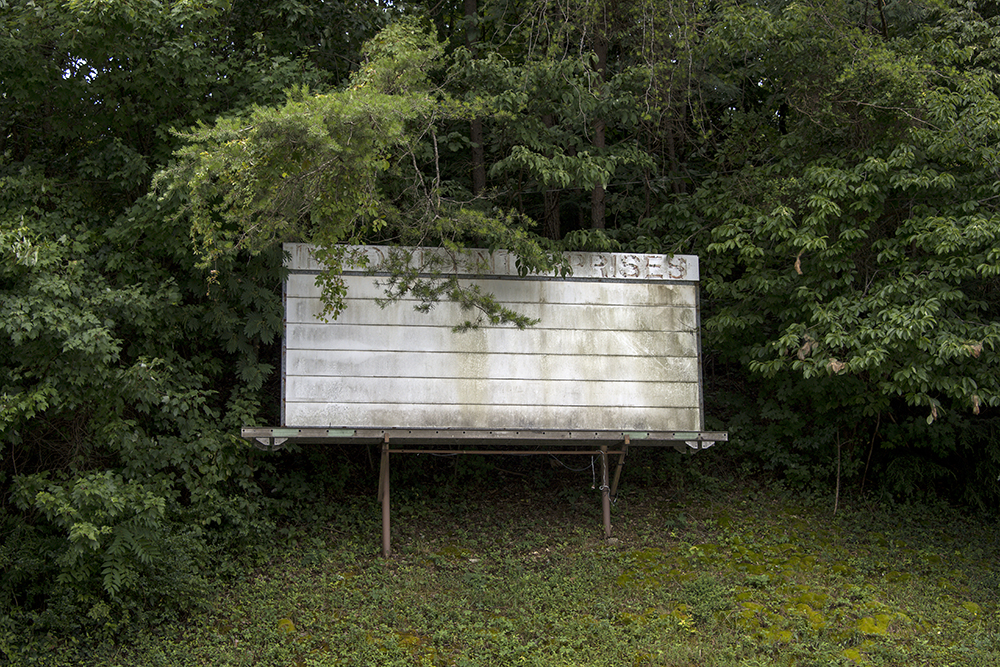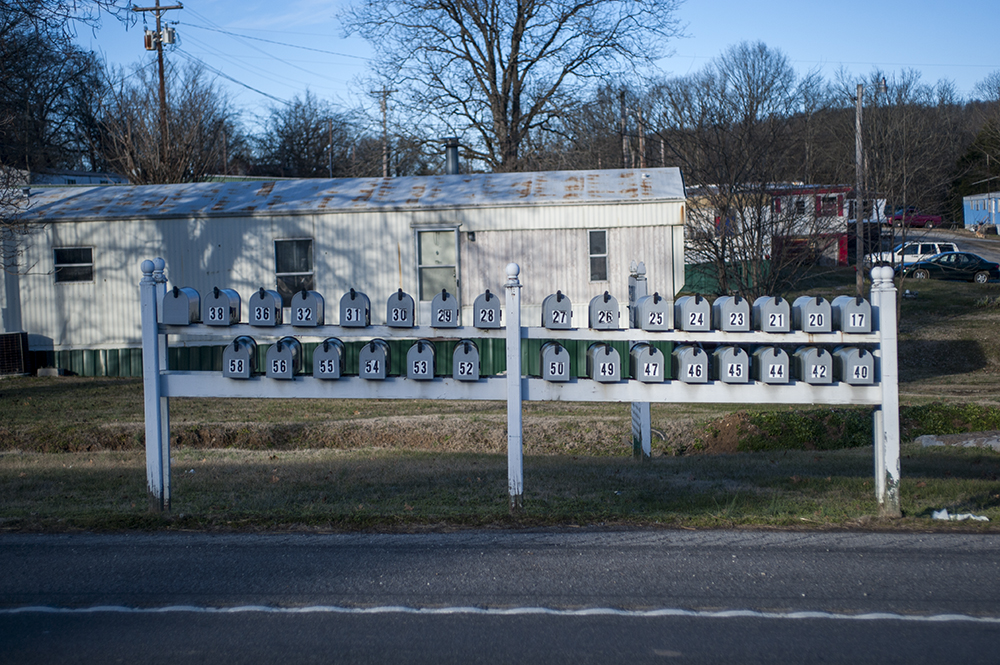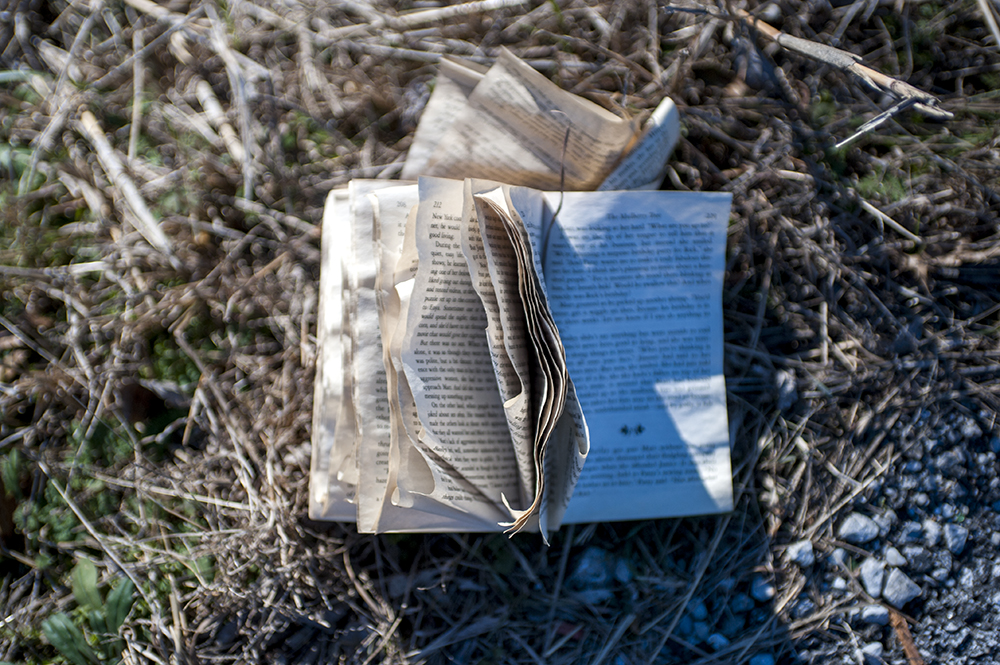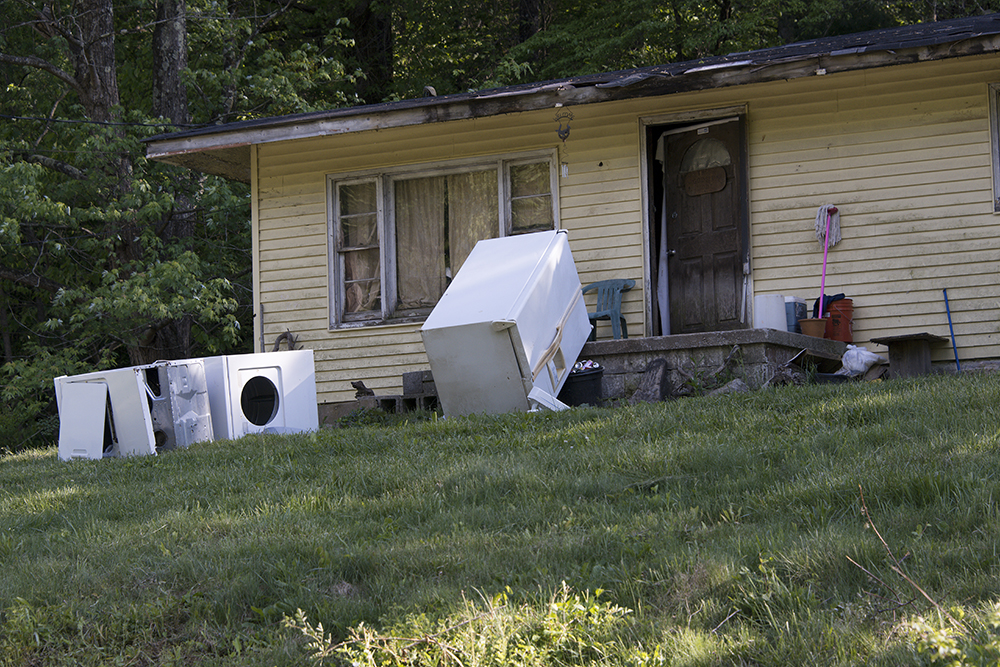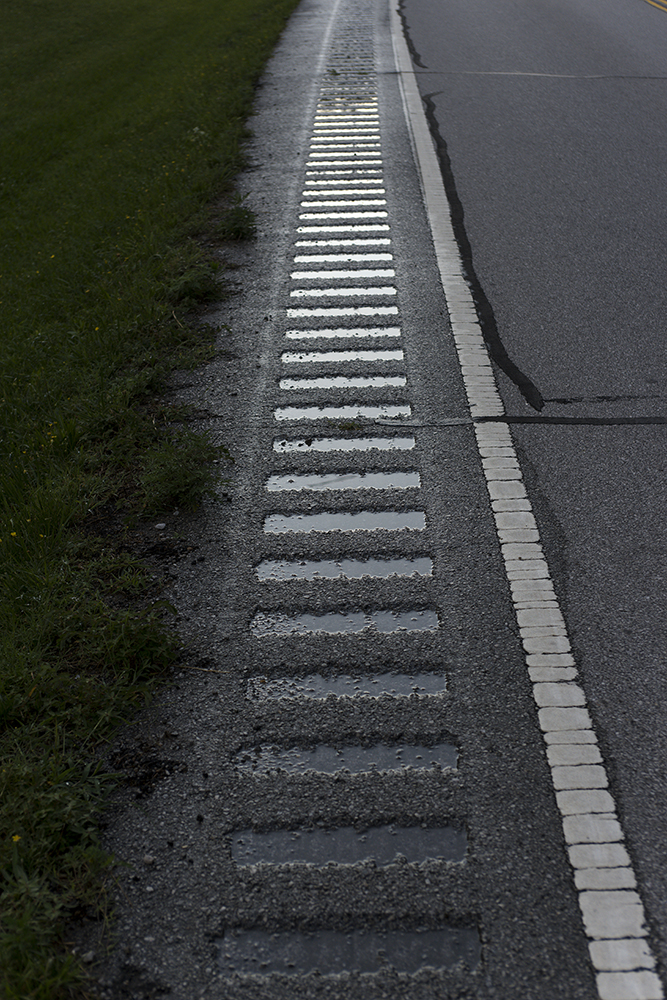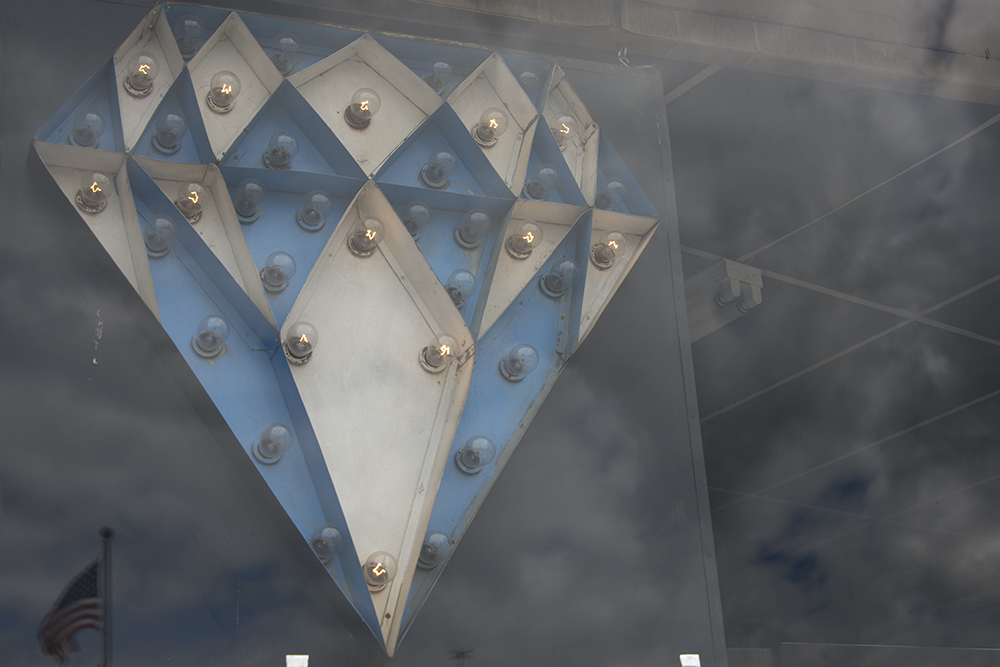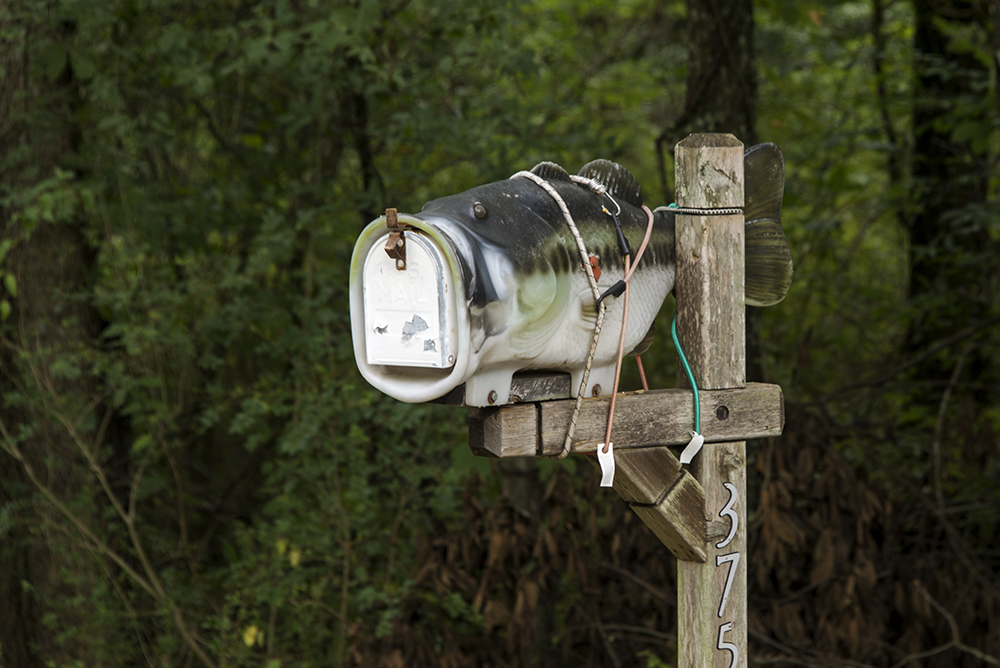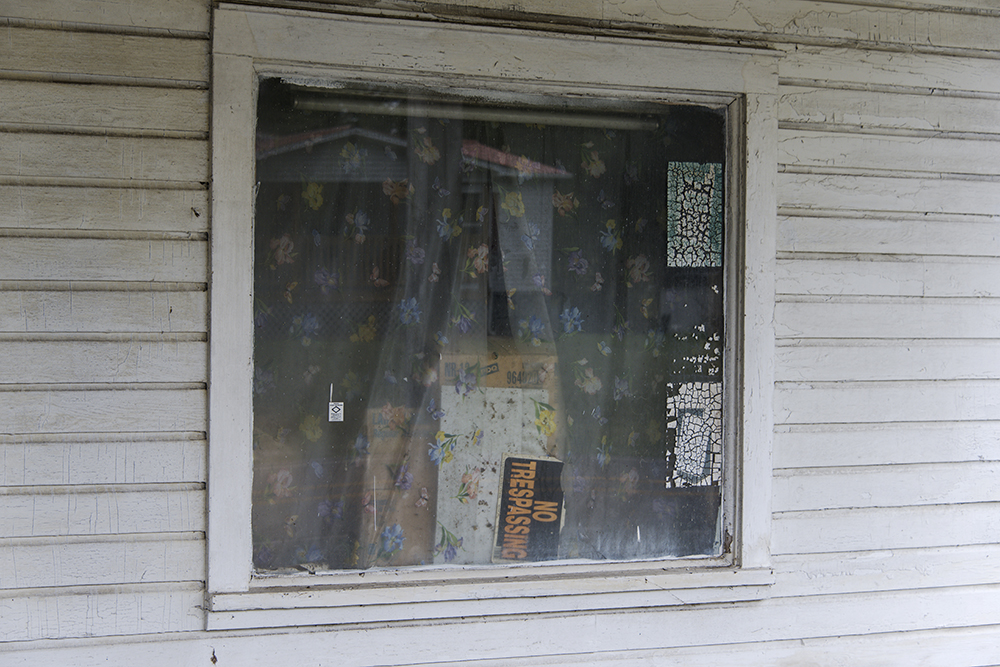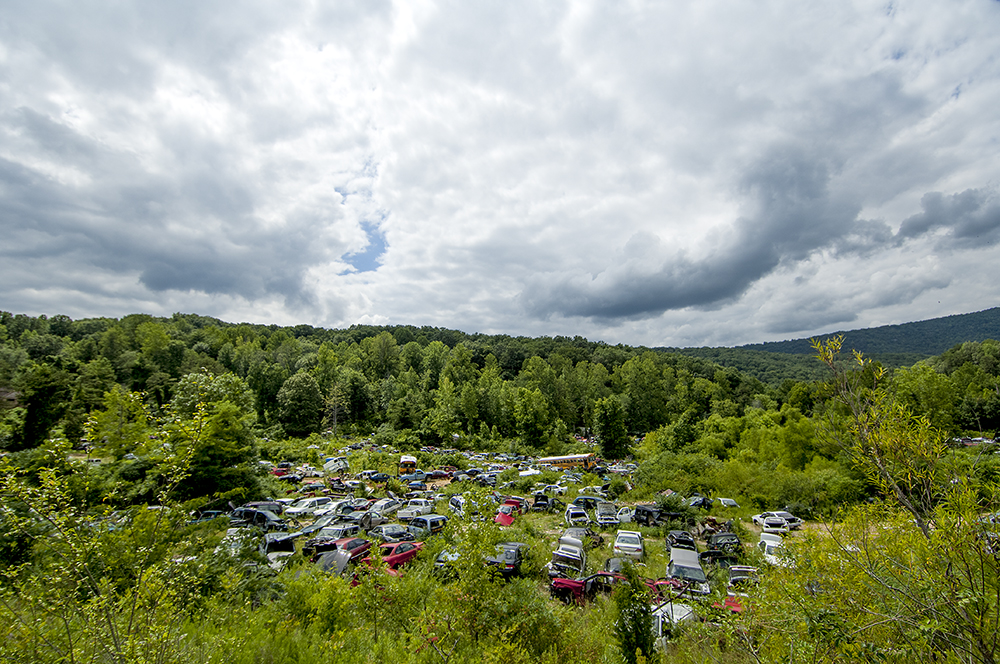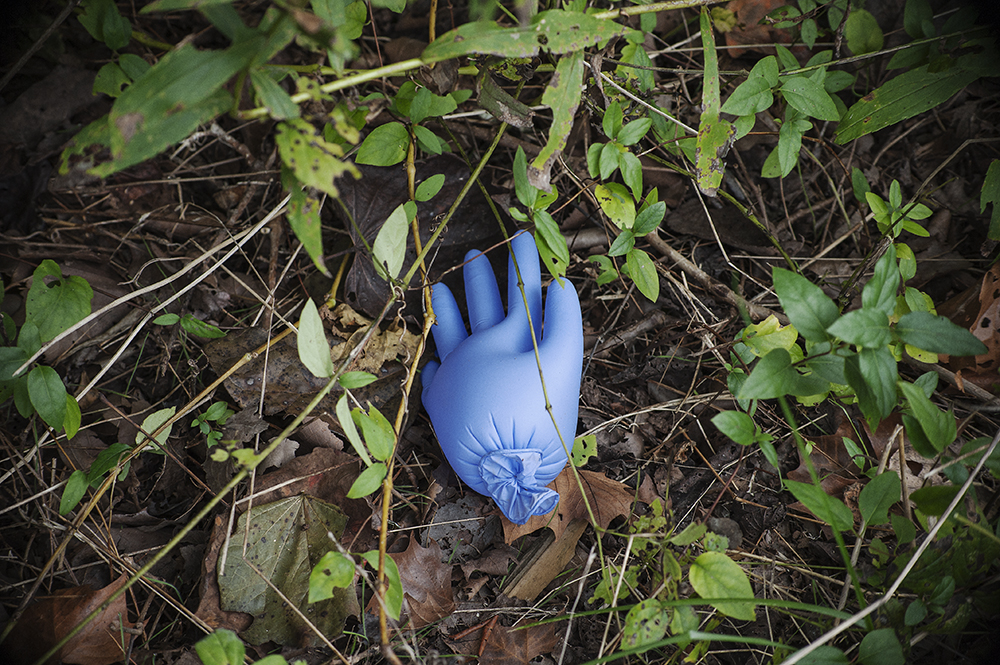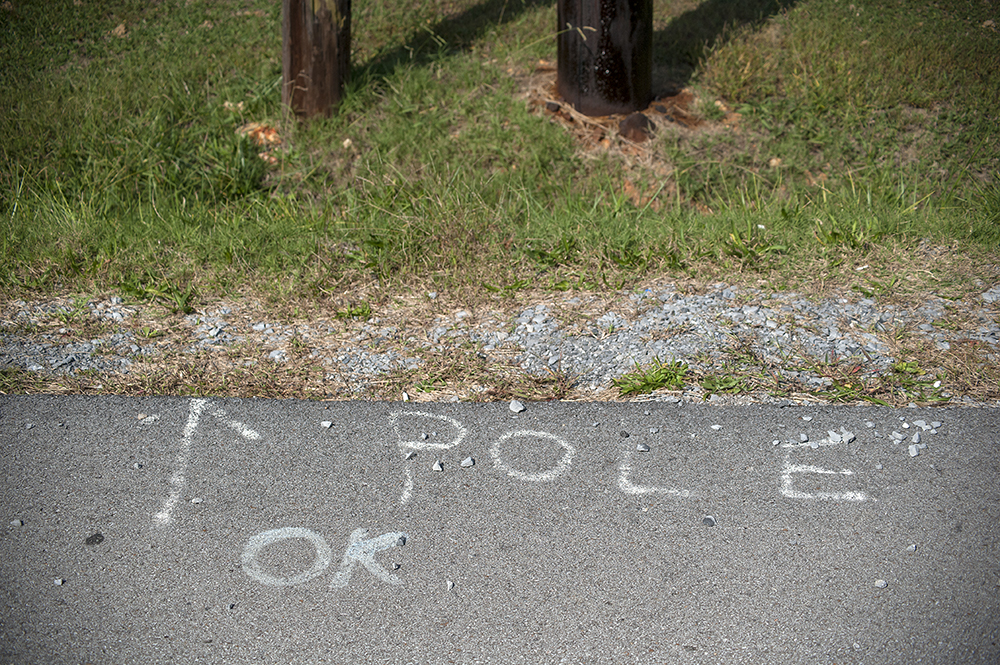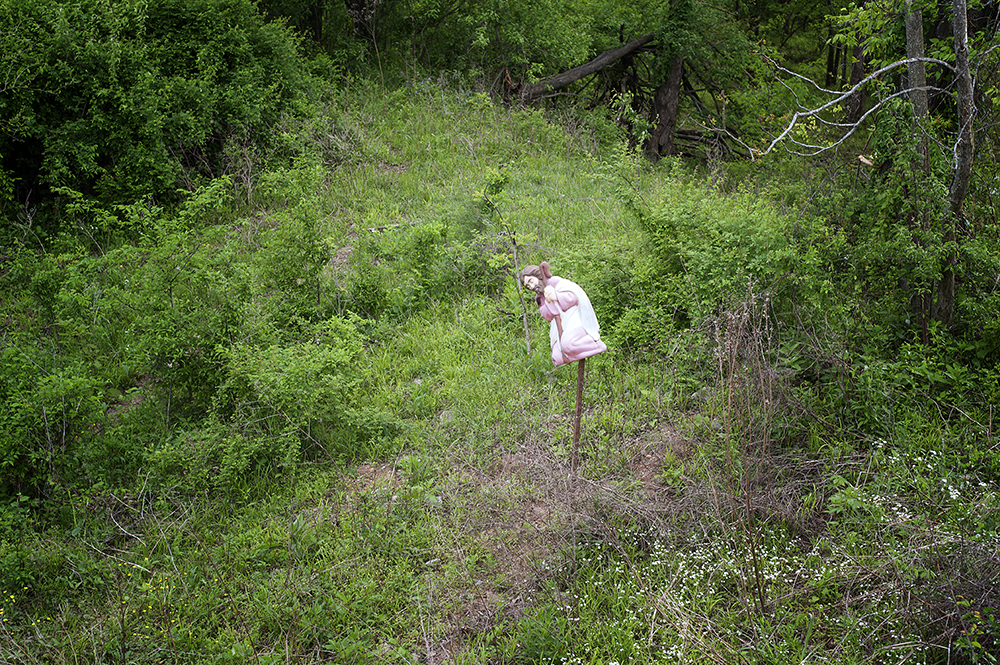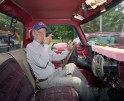Jerry Atnip: The States Project: Tennessee
The first time I met Tennessee States Project Editor Jerry Atnip was at the Slow Exposures Festival in Zebulon, Ga. It was my first taste of Southern photography culture mixed with incredible Southern hospitality and Jerry made a memorable impression on me, not only because of his gentlemanly good manners but because of his creativity and inclusiveness. He (along with his Nashville photo collective) brought an exciting exhibition to the festival, housed in the back of a U-haul truck-as-art-gallery. Italian lights were strung across a ramp leading to an exhibition of photographs based on a Southern novel, reinterpreted and shot from many different perspectives. It was an impressive gesture, taking the pop-up show idea to a new level. This past year, Jerry was one of the jurors (along with John Bennette) of the Slow Exposures Competition and in May of 2017, Jerry will have a major exhibition of his Gone South project at The Parthenon Museum in Nashville.
This week, Jerry will feature six Tennessee photographers, but today we feature his new project, The Tennessee Walk, and a short interview which follows. His new series truly allows him to understand where he lives and makes work in a profound way–it documents his on-going journey of walking lengthwise across Tennessee.
Jerry has a 38-year career as a commercial and fine art photographer. He began as Partner and Creative Director of an ad agency in Nashville as well as Director of its’ photography department. His images have been published in 40 countries, and since 2003, he’s held over 75 exhibitions and been presented with over 90 awards. He is also a teacher, workshop director, curator, juror and frequent lecturer. He is on the boards of several Arts & Photography organizations, including Atlanta Celebrates Photography festival and Slow Exposures Photo Festival. His work has been collected worldwide by museums, corporate and private collectors and he is an Exhibiting Member of The National Arts Club in New York where he maintains a studio.
His first book, Gone South was published in 2011. The Guitar: An American Love Story was published in 2012 in collaboration with the Tennessee State Museum. The Paintings of John Mellencamp was published in 2013 for The Butler Institute of American Art. He has been featured in articles by Elizabeth Avedon, John Bennette, CNN Photo blog, L’Oeil de la Photographie, The Photo Review, pdn magazine, Silvershotz magazine, Photographers Forum magazine, PhotoLife magazine, South by Southeast magazine, Folly magazine, LENSCRATCH, Nashville Arts Magazine, Photo-Eye, Luminous Lint, ArtNowNashville, and John Wall’s Southern Photography.
The Tennessee Walk
There is something about walking that stimulates and enlivens my thoughts. I become, at the same moment, both present and detached from the world. Observations become more clear and my preconceived notions of common things and situations have a tendency to fade, making way for my perceptions to become more childlike. I develop a heightening of the senses and a new awareness of seeing what might typically be overlooked. My journey is a laboratory of discovery.
When beginning this project, I elected to let go of control. I did set out with previsualized ideas of what I would be capturing, but discovered pretty quickly that it would be better, to react to things that presented themselves to me. To allow the moment and my observational skills while walking to guide the process of seeing, then recording this world. In the process, I discovered that, as suspected, it is the insignificant things in life that are significant.
What’s different about being a photographer from Tennessee?
Nashville has, for the last few years, been in the midst of a growth boom. Many new transplants have discovered the charm, friendliness and culture of the city. I’ve lived here most of my life and have enjoyed its’ many benefits. However, I’ve never been locked into working exclusively here. I serve on the Boards of three photographic organizations in Georgia. I currently maintain a studio in New York City. I travel often for shoots. So, any limitations that being in a smaller town might be felt by a photographer, can quickly be overcome by its’ benefits.
How did you go about finding the photographers you are featuring this week?
Since I work with several photography organizations and magazines, I’ve had the privilege of being exposed to many artists that are creating meaningful work. Some of the artists I’m featuring are those that I’ve known for years. A couple of them are more recent discoveries. I did some internet searches, but my final selection ended up being those that I had already met and was familiar with their work or, in one case was recommended by a friend. Upon reflection, I’m very happy with these artists and feel they represent the state of Tennessee admirably.
Do you consider yourself a Southern Photographer? Does place define your work?
I’ve been a part of a seven-person photographic salon for several years. One of the topics I made a presentation on recently was trying to define what Southern Photography is and by extension, what a Southern Photographer is. As many of our discussions do, this one led us into various directions. At the end of a very long evening, I’m not sure any conclusions were made, but the journey led us into some interesting places.
My personal challenge when answering this question lies in the fact that while I’m based in Nashville, my work both commercially and fine art leads me to locations all over the Earth. While I could be photographing in a small southern town one day, the next few could be in West Africa or India or Europe. So, if we refer to Southern Photography as work in a place, I would have to answer the question with a no. But, I was born in the South. I was raised in Tennessee, my sensibilities, biases, demeanor and approaches are all based on an upbringing of “Southernness.”
How do you manage to be an active commercial photographer, an educator and a fine art photographer?
Well, that’s a challenge I’m confronted with daily. I must admit that I pretty much always feel a bit behind. I’ve had to learn to work on priorities. While my commercial and teaching work are less flexible timewise, I have found that I have to schedule my fine art work. Otherwise, a priority might be given to something else. It’s certainly a balancing act. I think, however, that you, Aline, might be better equipped to answer this question than I am.
Tell us about how your project, Tennessee Walk came about?
Several years ago, I worked on a series titled Gone South which culminated in exhibitions and a book of images I had made throughout the south. Upon its’ completion, I felt the desire to concentrate on a smaller area, so I selected my home state of Tennessee. During the planning stages I considered several logistical options. I concluded that driving around the state would not only be a lazy way of doing the project, but also provide only a very surface, shallow observation of the subject matters. I felt I would be passing through them instead of experiencing them. I decided that the only way to show the diversity of the state was to photograph it by walking it. Because of all my other responsibilities, this 600 mile journey will take a good bit of time to complete. Working at this slow pace has been a pure joy. Every step reveals a new visual discovery and creates a new composition.
How many miles do you walk each outing?
Because I am photographing and meeting people along the journey, I only walk between 10 – 13 miles per day.
I imagine that the slowed down observation of Tennessee has given you a profound connection to the state. What has surprised you about this project?
Years ago, Tennessee marketed itself as “The Three States of Tennessee” referring to the West, Middle and East being very different parts of the same state. They have subsequently dropped that hook line, but it has been interesting to enjoy, on an intimate level, the diversity of this area. I am trying my best to show that diversity without my own biases or preconceived notions. It could be easy to focus my lens on one particular look or social group, but I feel that would be an unfair depiction.
My previsualization of what this project would produce proved to be incorrect the first day I walked. I learned pretty quickly that I would be better off opening up my observations rather than trying to direct them.
What’s next?
I have no shortage of projects to work on. Creating concepts has never been a problem I’ve struggled with. I usually have about a dozen or so going on at the same time. That gives me the advantage of being able to step away from some of them to allow them time to mature and give me another look at them from a new perspective.
I’ve learned to not talk about my current or future projects to others, so I hope to have some completed to speak about soon. In May of 2017, I am scheduled to have a major exhibition of the Gone South project at The Parthenon Museum in Nashville.
And finally, describe your perfect day.
It seems like a bit of rest would be delightful.
Posts on Lenscratch may not be reproduced without the permission of the Lenscratch staff and the photographer.
Recommended
-
Aaron Hardin: The States Project: TennesseeJuly 30th, 2016
-
Mike Smith: The States Project: TennesseeJuly 29th, 2016
-
Polly Chandler: The States Project: TennesseeJuly 28th, 2016
-
Rachel Boillot: The States Project: TennesseeJuly 27th, 2016
-
Jack Spencer: The States Project: TennesseeJuly 26th, 2016

